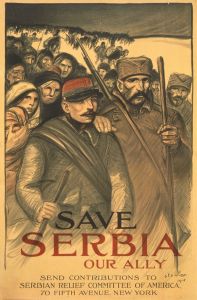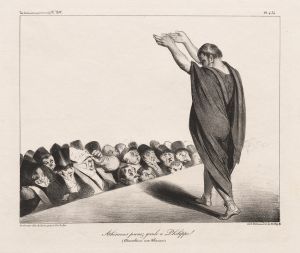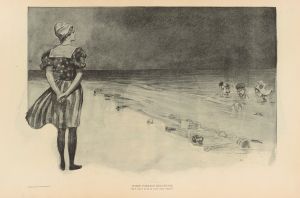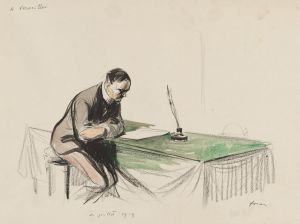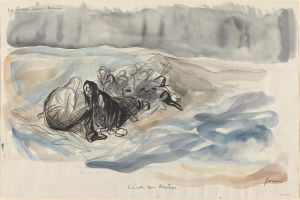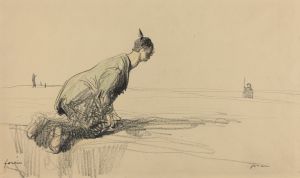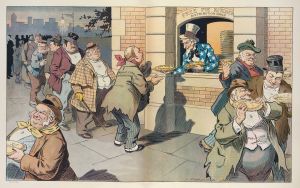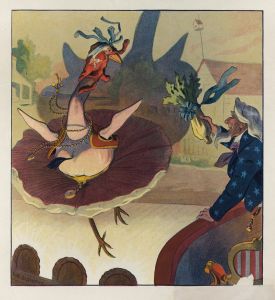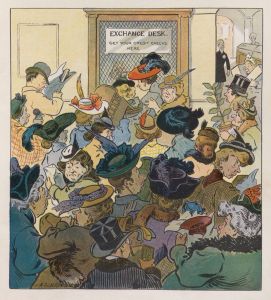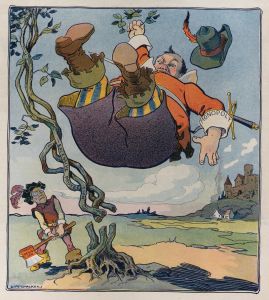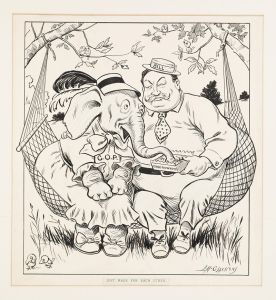
The war with Japan
A hand-painted replica of Louis Glackens’s masterpiece The war with Japan, meticulously crafted by professional artists to capture the true essence of the original. Each piece is created with museum-quality canvas and rare mineral pigments, carefully painted by experienced artists with delicate brushstrokes and rich, layered colors to perfectly recreate the texture of the original artwork. Unlike machine-printed reproductions, this hand-painted version brings the painting to life, infused with the artist’s emotions and skill in every stroke. Whether for personal collection or home decoration, it instantly elevates the artistic atmosphere of any space.
Louis Glackens, an American illustrator and animator, is known for his contributions to early 20th-century art and animation. One of his notable works is "The War with Japan," a painting that reflects the socio-political climate of its time. Louis Glackens was born in 1866 and was the brother of the famous painter William Glackens. He worked for Puck magazine, a leading American humor magazine, where he created numerous illustrations and cartoons.
"The War with Japan" is a satirical piece that was created during a period of heightened tensions between the United States and Japan. This tension was particularly pronounced in the early 20th century, leading up to and during World War II. The painting captures the essence of the era's political and military conflicts, using humor and satire to comment on the situation.
Glackens' work often featured exaggerated characters and scenes, a style that is evident in "The War with Japan." The painting likely includes caricatures of political figures, military personnel, and symbolic representations of the two nations. This approach was typical of Glackens' work, as he used his art to provide social commentary and critique.
The historical context of "The War with Japan" is crucial to understanding its significance. During the early 20th century, Japan was emerging as a significant military power in Asia, leading to conflicts with neighboring countries and Western powers. The United States, with its interests in the Pacific and Asia, found itself at odds with Japan on several occasions. These tensions eventually culminated in the attack on Pearl Harbor in 1941, which led to the United States' entry into World War II.
While specific details about the content and composition of "The War with Japan" are not widely documented, it is clear that the painting serves as a reflection of the anxieties and attitudes of the time. Glackens' use of satire would have resonated with contemporary audiences, providing a lens through which they could view and critique the unfolding geopolitical events.
Louis Glackens' work, including "The War with Japan," remains an important part of American art history. His ability to blend humor with serious commentary allowed him to address complex issues in an accessible and engaging manner. Although not as widely recognized as his brother William, Louis Glackens' contributions to illustration and animation have left a lasting impact on the field.
In summary, "The War with Japan" by Louis Glackens is a satirical painting that captures the political and military tensions between the United States and Japan in the early 20th century. Through his characteristic style of exaggerated characters and scenes, Glackens provides a humorous yet critical perspective on the era's conflicts. The painting is a testament to Glackens' skill as an illustrator and his ability to comment on significant historical events through his art.





